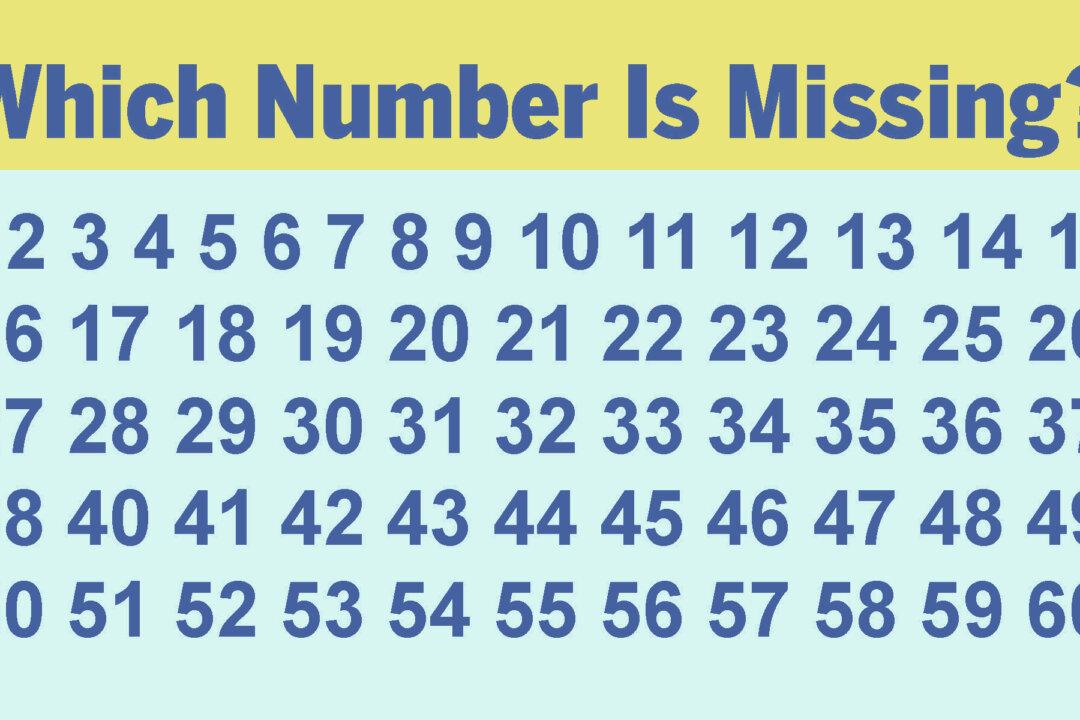Can you identify which number is missing from the following sequence in under 10 seconds? Rumor has it that most people can’t beat the clock; why not see if you are part of the puzzle-solving elite and give it a try?
All you need to do is put 10 seconds on the timer, and when you’re ready, push start and start scanning the sequence of numbers in the pink box below, and identify which digits are missing. It’s not, however, quite as easy as many people think.





